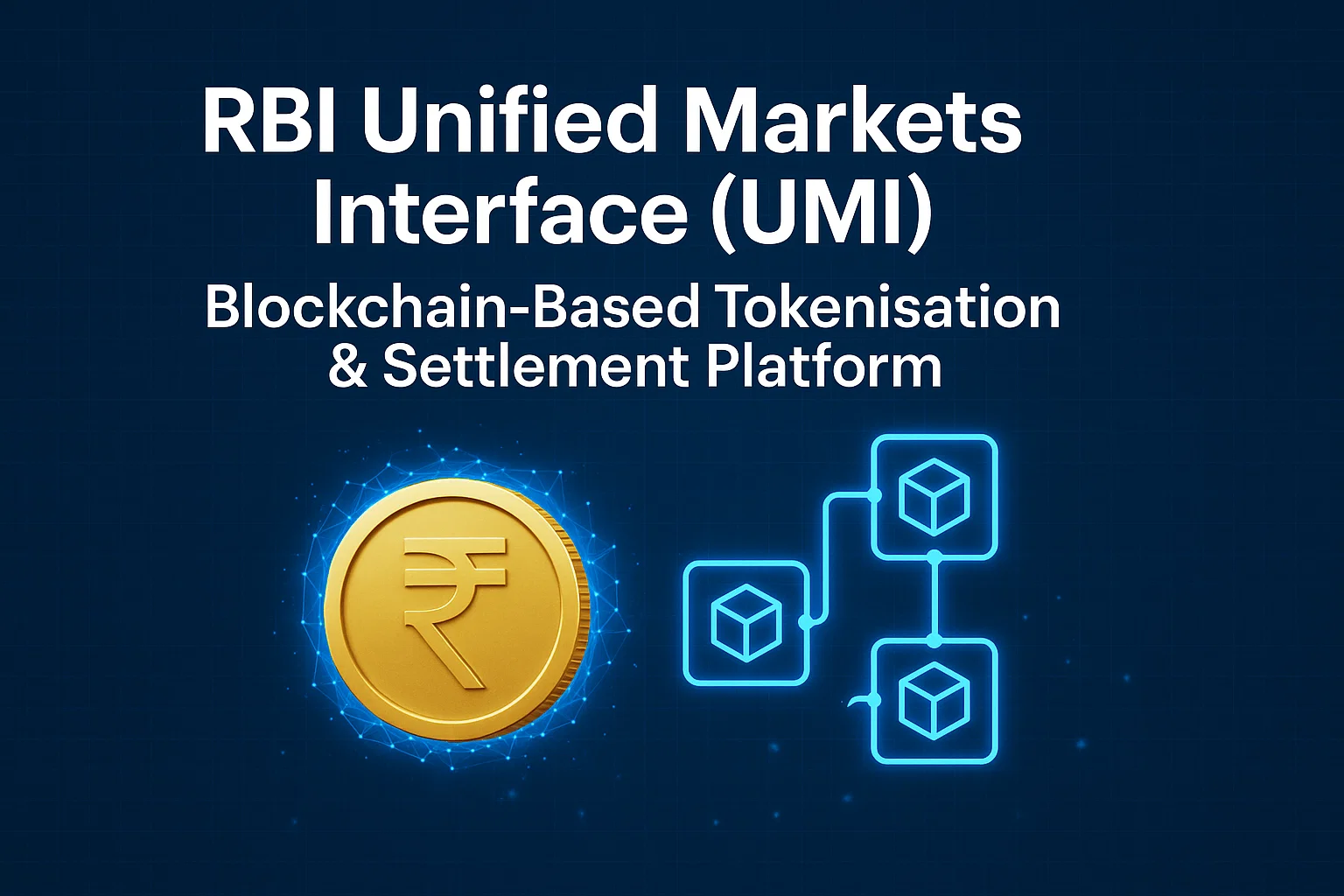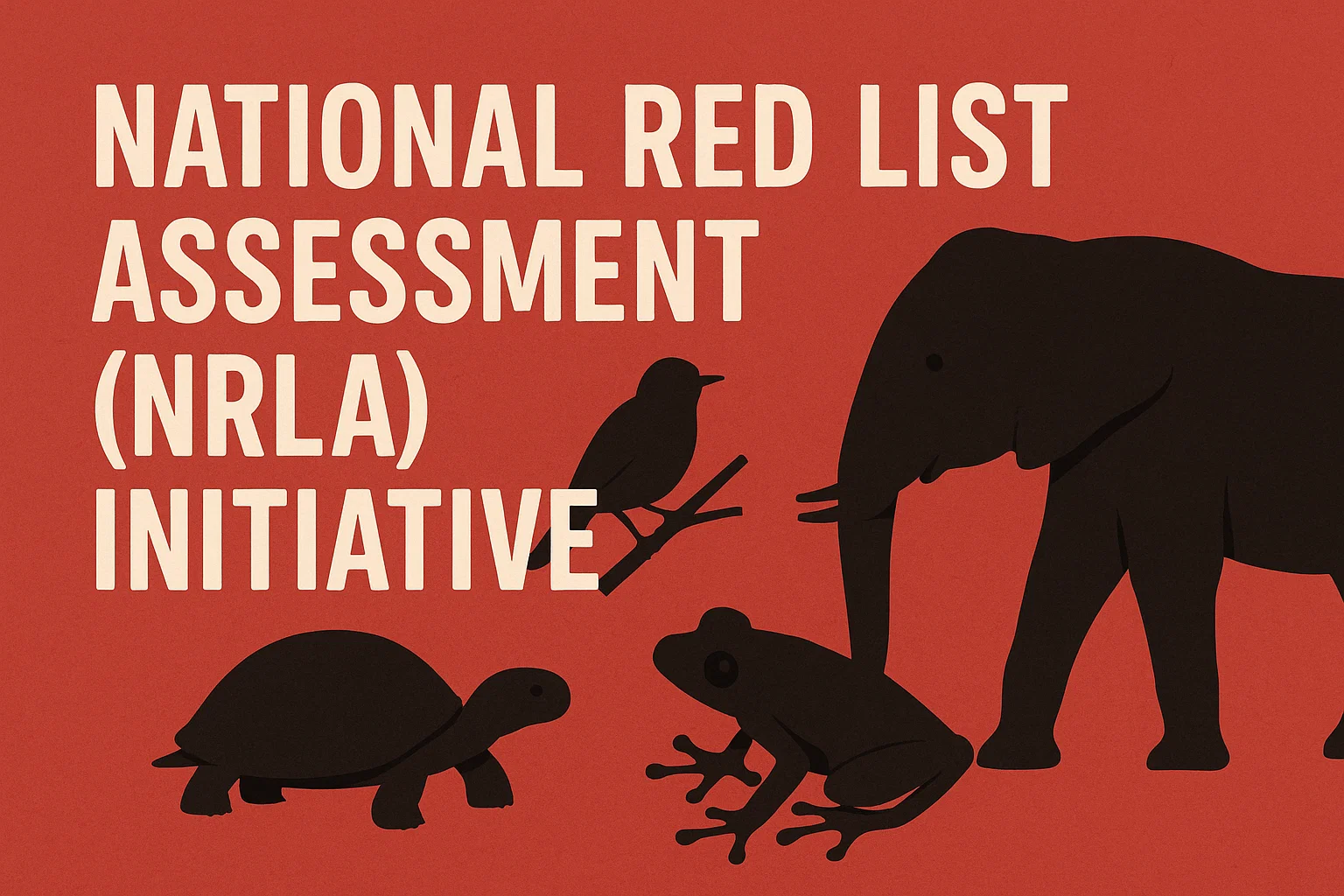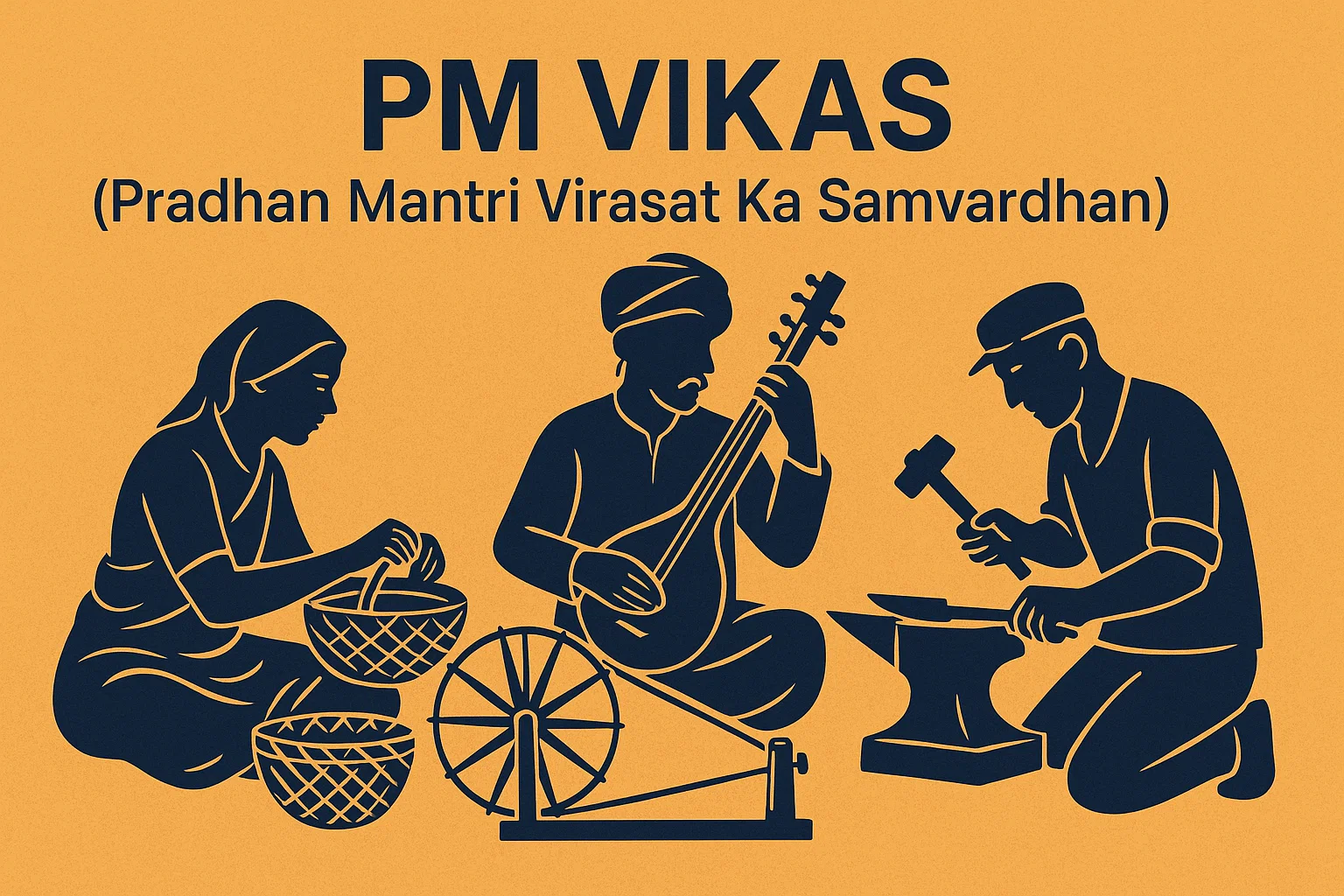Font size:
Print
Pradhan Mantri Gram Sadak Yojana (PMGSY)
CITIZENS’ FEEDBACK: WHY THE CENTRE WANTS QR CODES ON PMGSY ROADS
Context: The Union Ministry of Rural Development (MoRD) has introduced a new initiative to improve the quality and maintenance of rural roads constructed under the Pradhan Mantri Gram Sadak Yojana (PMGSY) by leveraging QR code-based public feedback.
What is PMGSY?
- The Pradhan Mantri Gram Sadak Yojana (PMGSY) is a flagship scheme aimed at improving rural road infrastructure.
- Launched: December 25, 2000, under PM Atal Bihari Vajpayee’s NDA government.
- Goal: Provide all-weather road connectivity to unconnected villages and habitations.
What are the different phases of the PMGSY?
- Phase I (2000): Focused on providing basic road connectivity.
- Phase II (2013): Consolidation of the existing rural road network.
- Road Connectivity Project for Left Wing Extremism Affected Areas (RCPLWEA) in 2016: Aimed specifically at enhancing connectivity in insurgency-hit regions.
- Phase III (2019): Focused on upgrading existing roads.
- Phase IV (Approved on September 11, 2024): Targets connecting 25,000 unconnected habitations with population thresholds based on terrain:
- 500+ in plains
- 250+ in northeastern and hill states/UTs, special category areas (Tribal Schedule V, Aspirational Districts/Blocks, Desert areas)
- 100+ in LWE-affected areas, as per Census 2011
What’s New: QR Codes for Maintenance Feedback
- New Directive from MoRD: The National Rural Infrastructure Development Agency (NRIDA), the technical arm under MoRD responsible for PMGSY implementation, has initiated the QR code project to incorporate public feedback into the maintenance monitoring process.
- Purpose of QR Codes: This move addresses a critical gap—while contractors are obligated to maintain PMGSY roads for five years post-construction, and inspections are conducted via the e-MARG system (electronic Maintenance of Rural Roads), there was no structured mechanism to include citizen feedback on road conditions.
How Does the New System Work?
- A new utility within the eMARG platform enables the generation of a unique QR code for each road. These QR codes are to be prominently displayed on maintenance information boards at the roadside, accompanied by instructions in English and local languages on how to submit feedback.
-
Through this system:
-
- Any road user can scan the QR code using a smartphone.
- The user is directed to a page with road-specific details.
- Users can click photographs of the road and report maintenance issues directly.
-
This citizen-captured data will then be:
- Integrated into Routine Inspection (RI) reports
- Assessed using Artificial Intelligence (AI) and Machine Learning (ML) to assist in the Performance Evaluation (PE) of the road’s condition.
- Reviewed by engineering staff, who will cross-check the data before finalising PE scores.
-
According to NRIDA, this mechanism will make the maintenance process under PMGSY more realistic and transparent, allowing for public participation in evaluating road quality.
- The eMARG system will now function as a more accountable platform, aligning feedback from both official inspections and everyday users.
Funding and Progress: Initially, a Centrally Sponsored Scheme, from 2015-16, the funding split changed to 60:40 between the Centre and states (except for northeastern and Himalayan states).


